The Kiss by Gustav Klimt is the most famous Symbolist painting in the world.
What was Symbolism?
An art movement about our struggle to deal with scientific progress and social change...
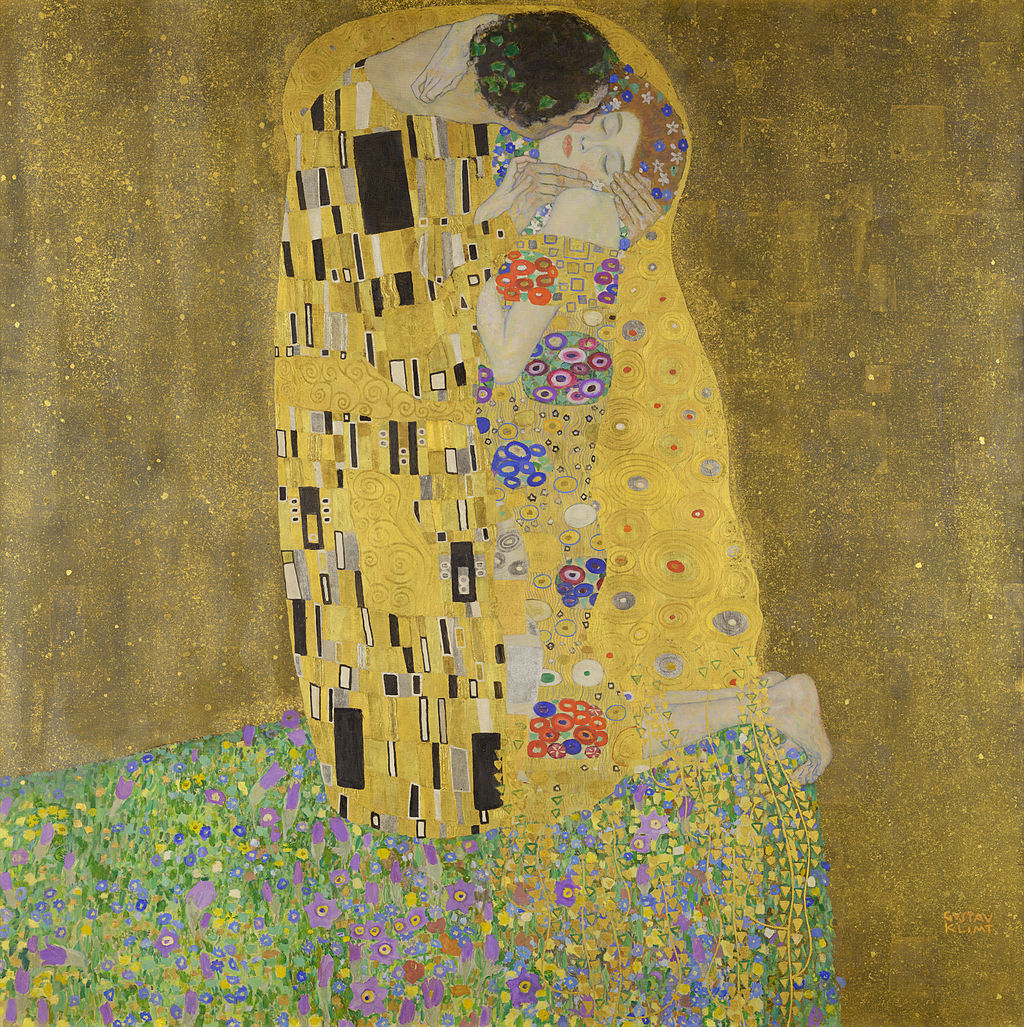
The Kiss by Gustav Klimt is the most famous Symbolist painting in the world.
What was Symbolism?
An art movement about our struggle to deal with scientific progress and social change...

Symbolism was an incredibly broad artistic movement which appeared in Europe in the second half of the 19th century.
It included not only art but poetry, literature, theatre, and music - and it took on different forms right across the continent.
Symbolism was "officially" born in France and Belgium, primarily among poets like Baudelaire and Mallarmé.
It was a literary form which both broke from tradition and repudiated modernity: allegorical, esoteric, filled with beauty and death, focussed on mood more than narrative.


Symbolism carried on where Romanticism left off; for Romantics and Symbolists alike both nature and the human spirit were being crushed by science and industry - they rebelled against it.
In the Symbolist Manifesto, from 1886, Jean Moreas described the failure of Romanticism.
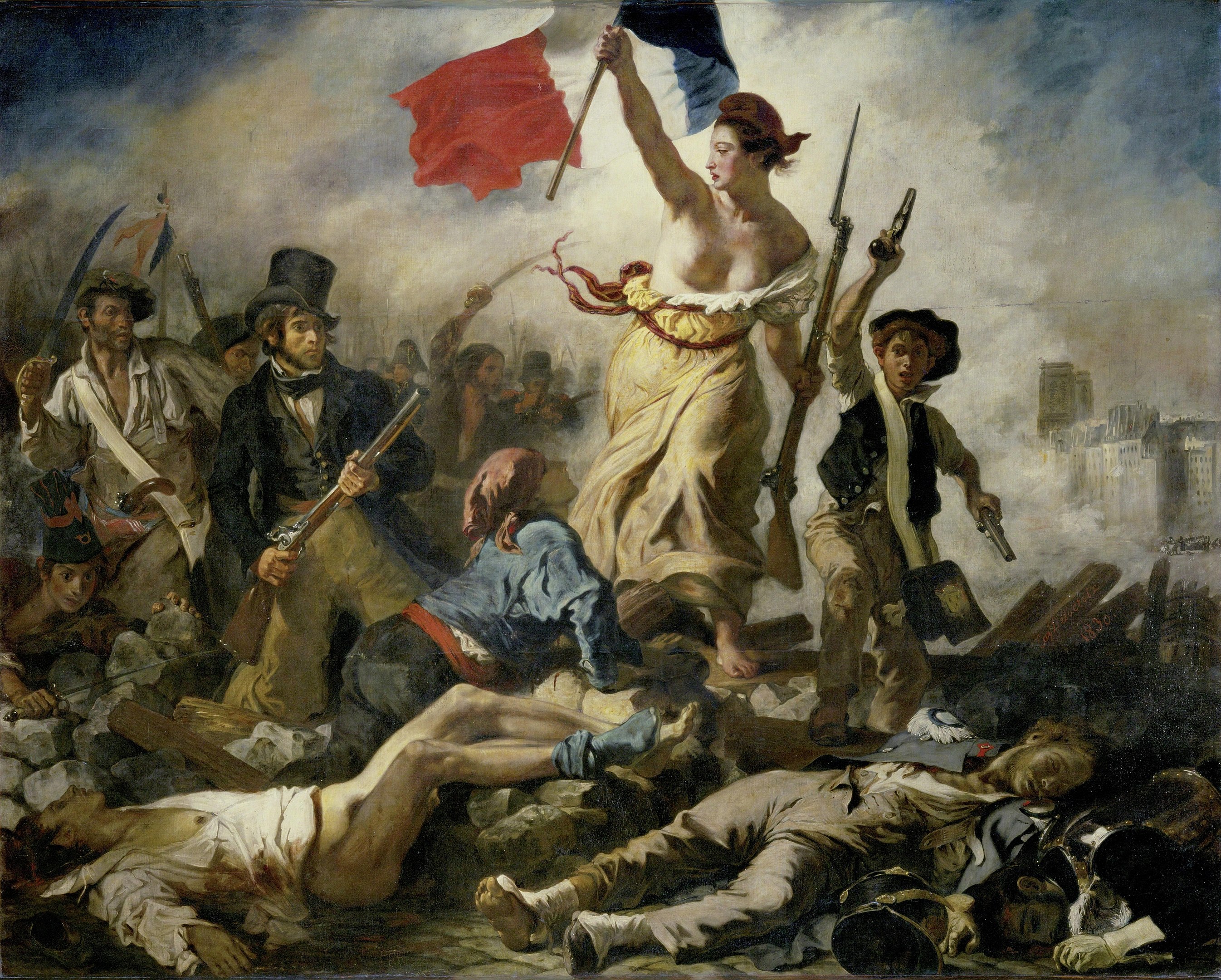

Symbolism was a continental movement.
Different people, influenced by one another or not, whether "official" Symbolists or not, were responding to the same socio-cultural questions.
In the 1840s there had been Dante Gabriel Rossetti and England's Pre-Raphaelite Brotherhood:

It ranged from France and Belgium, where Symbolism with a capital S was established, to Italy and Spain and Eastern Europe and Russia, lasting from the 1860s to the First World War.
This is by the Czech painter Karel Vítězslav Mašek:
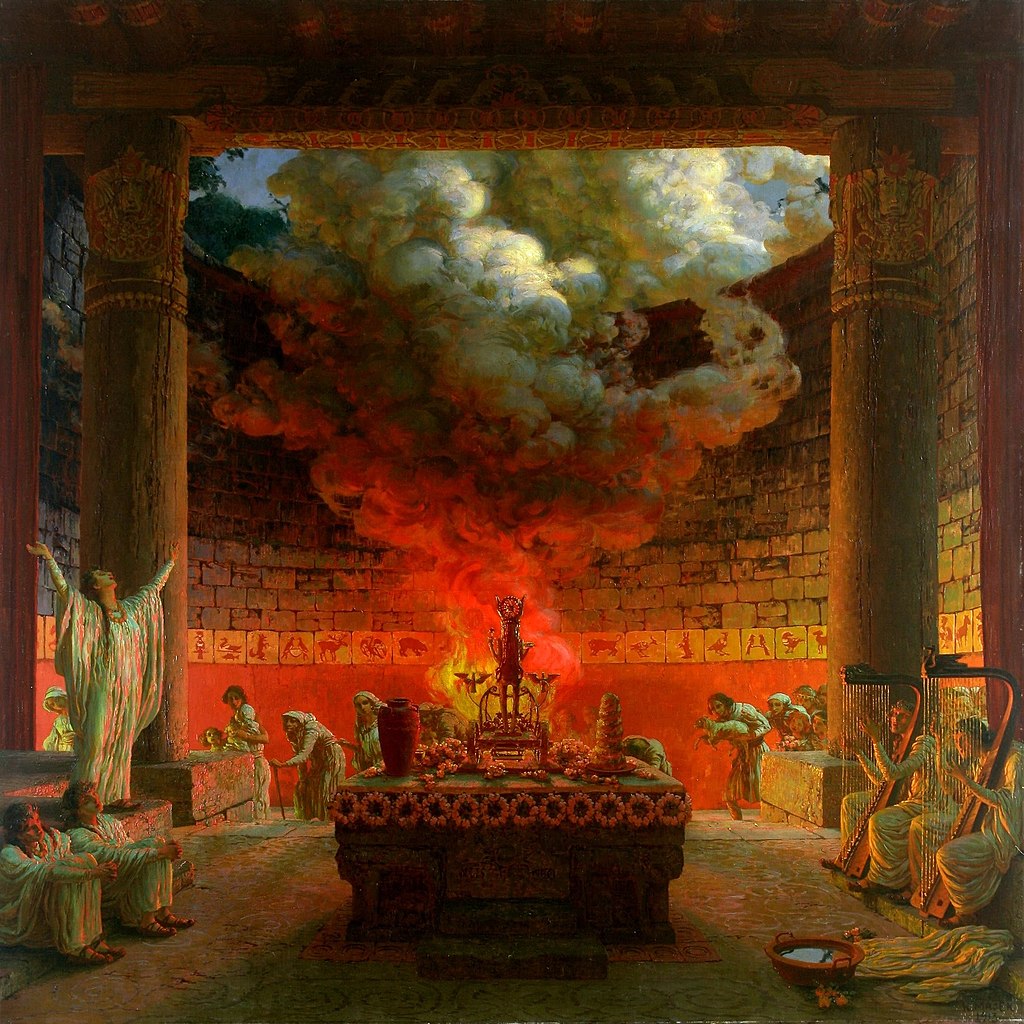
There was also the Vienna Secession in Austria, founded by Gustav Klimt.
The Secession has been described as Art Nouveau, Symbolist, and Modernist all at once. Which is it? Perhaps it doesn't matter.
Running through all Klimt and Secessionist art is a Symbolist spirit.

Immediately striking about Symbolist style is its colours. Sometimes bright, sometimes dark, but always vivid, rich, and varied.
Symbolist paintings often have a finely detailed, glittering, jewel-like quality. Just look at the work of Gustave Moreau:

There are few stylistic traits which draw the whole movement together.
But one is that Symbolist painters largely used the traditional methods of representational art: things looked realistic.
Only what they depicted was never truly real. Like Arnold Böcklin's Isle of the Dead:

And so Symbolism is linked by theme more than anything else. Folklore and pagan mythology were frequent subjects.
Here is a scene from Germanic legend (taken from the operas of Richard Wagner, who heavily influenced the Symbolists) depicted radiantly by Gaston Bussiere.

Symbolism is replete with scenes drawn from the mythological, folkloric, and religious traditions of many different cultures. Wherever there was spirituality, the Symbolists sought it.
Whether Graeco-Roman or Norse legend, the Bible, Medieval poetry, or Buddhist cosmology.



And, of course, what unites all Symbolist art is... symbolism. Everything we see is allegory or metaphor, an allusion to something else, truthful but not quite real.
And it was an obscure, elusive, mysterious form of symbolism, where the intended meaning is never fully clear.

But what was Symbolism about?
Moreas' enigmatic manifesto gives an answer: to represent ideas through lavish and beguiling analogies in which everything has a hidden meaning.
Still, what the Symbolists said about themselves isn't the only way of answering the question...

The embrace of spiritualism in any form suggests a struggle with the rise of science, whether the theory of evolution or electricity.
In the late 1800s there was seemingly no mystery left on earth; Symbolism responded by retreating into history, the mystical, and the occult.
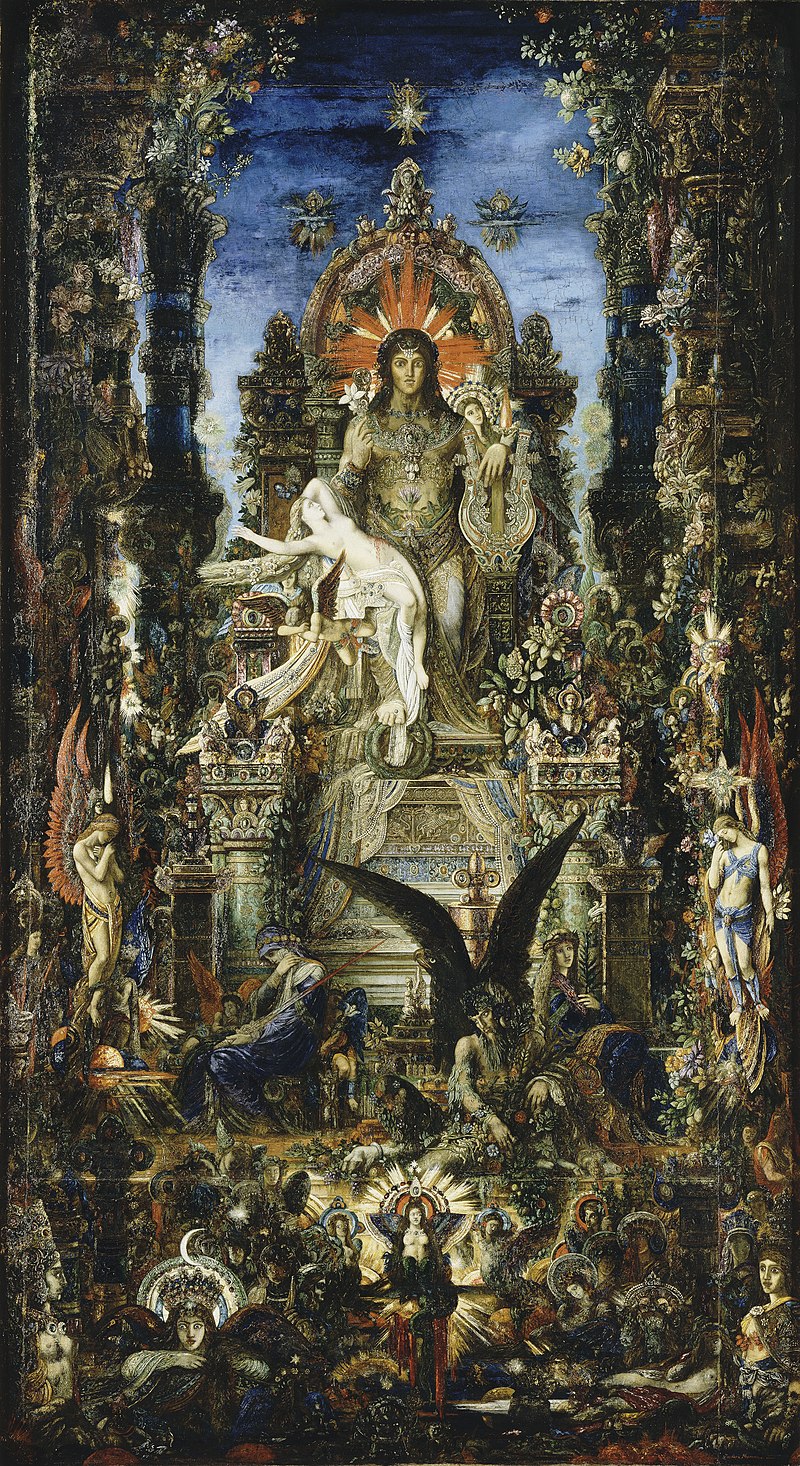
And perhaps Symbolism betrays an anxiety about the role of the artist in a world which no longer quite needed them, whether because of photography or other social changes.
It departed from tradition and modernity and went inwards; this was art for artists, art for individuals.
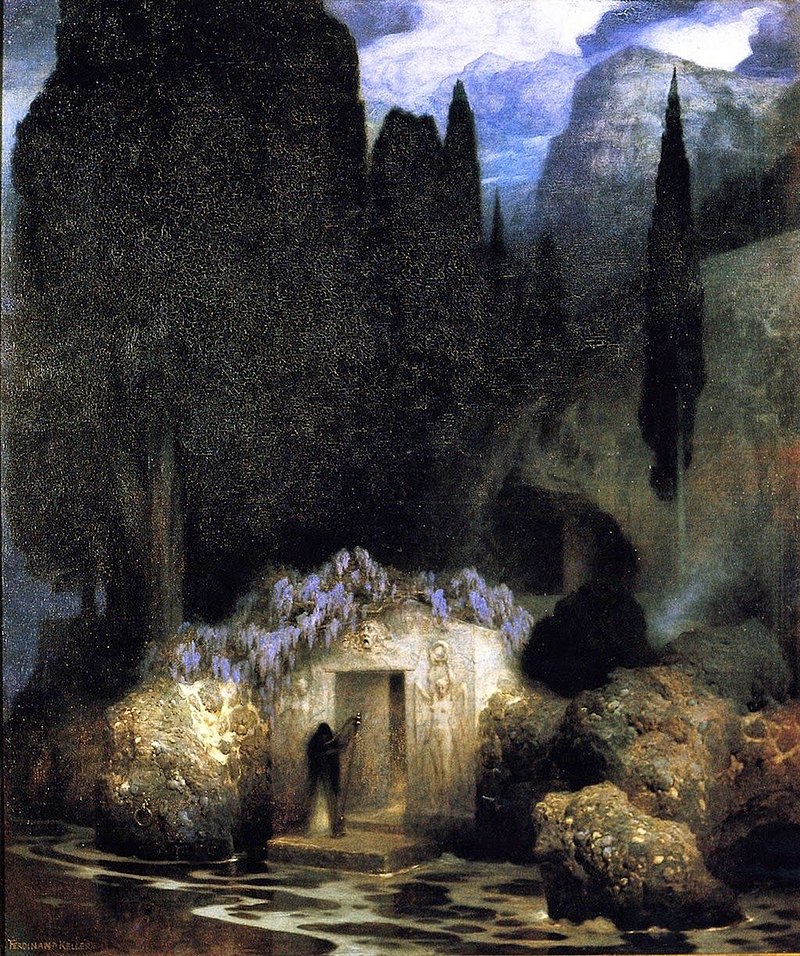
Symbolism was also a reaction against Realism and Impressionism, which had become very popular.
For, however different their styles, they both depicted scenes from the real world and from every day life, whether Monet's haystacks or Millet's peasants.
Wholly unlike Symbolism.


Symbolist art is filled with pattern and texture, from Holman Hunt to Klimt: gold-leaf, silken robes, gemstones... the paintings themselves often look like tapestries.
This relates to Art Nouveau more broadly and the reaction of artisans against industrial mass-production.
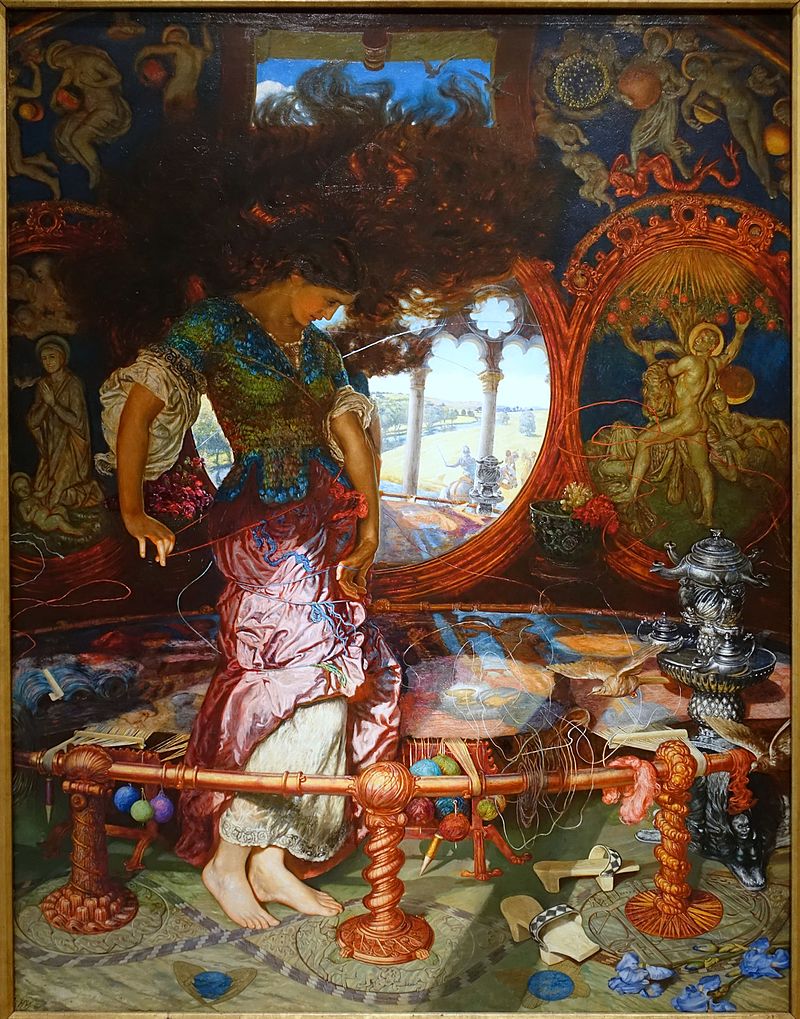
It's no coincidence Symbolist art is filled with flowers; they have long served as potent symbols in poetry and painting.
The Symbolists were also inspired by the flowers of Medieval art, and by the spiritual, ornate, allegorical mindset of the pre-scientific Middle Ages.

We can perhaps see why Symbolism in all its forms was regularly accused of being art for art's sake; it had no obvious purpose or meaning; it was hard to understand; it seemed to indulge in decorative delights for the sake of it.
Well, maybe that was the point of Symbolism.


But underlying all Symbolism, and Symbolism at its finest, is an uncompromising belief in imagination and a commitment to emotional and spiritual experiences, to our instinctive sense of beauty, to mystery, miracle, and magic.
Symbolism was a refuge against the world.

Perhaps, even more so than Romanticism, Symbolism captures the struggle of individual humans to deal with the psychological and socio-cultural consequences of science and modernisation.
Romanticism had turned outwards, to nature, for expression; Symbolism turned inwards.

Symbolism had a lasting influence on art, even if its decadence and its reverential approach to history and mythology were shattered by the First World War.
It's easy to see how Symbolism's fantastical, dreamlike, and imaginative qualities morphed into Surrealism:
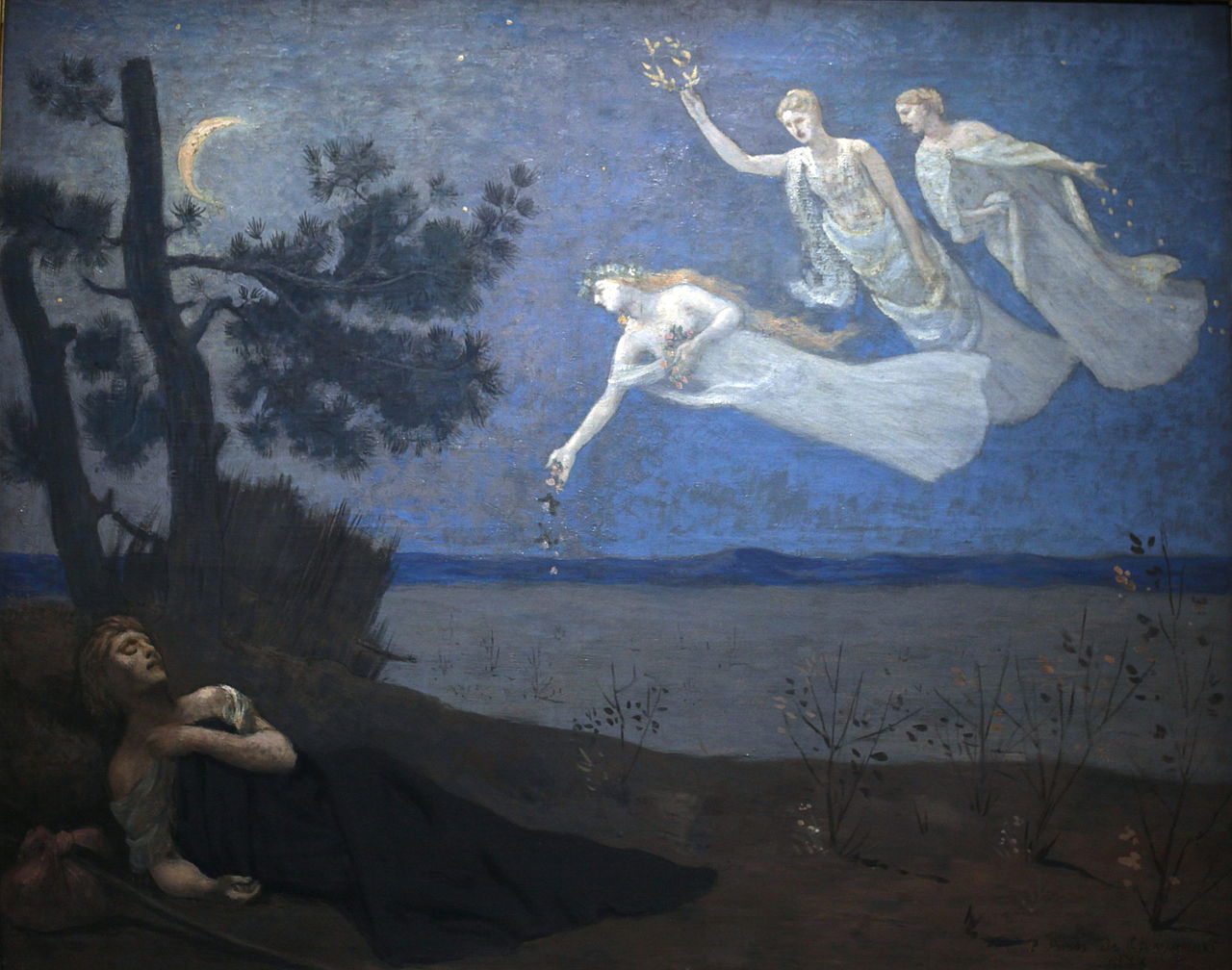
While Symbolism's use of vivid colours was a huge influence on Expressionism.
And the tendency of some of its painters to prioritise colour above all else, combined with Symbolism's rejection of Realism, even contributed to Cubism, Futurism, and Abstract Art.

So that's Symbolism, a rather alluring art movement rich in meaning and deeply intertwined with cultural, technological, and social change.
And one which, beyond any context, has surely produced some of the most enduringly and enigmatically beautiful works of art ever made...
